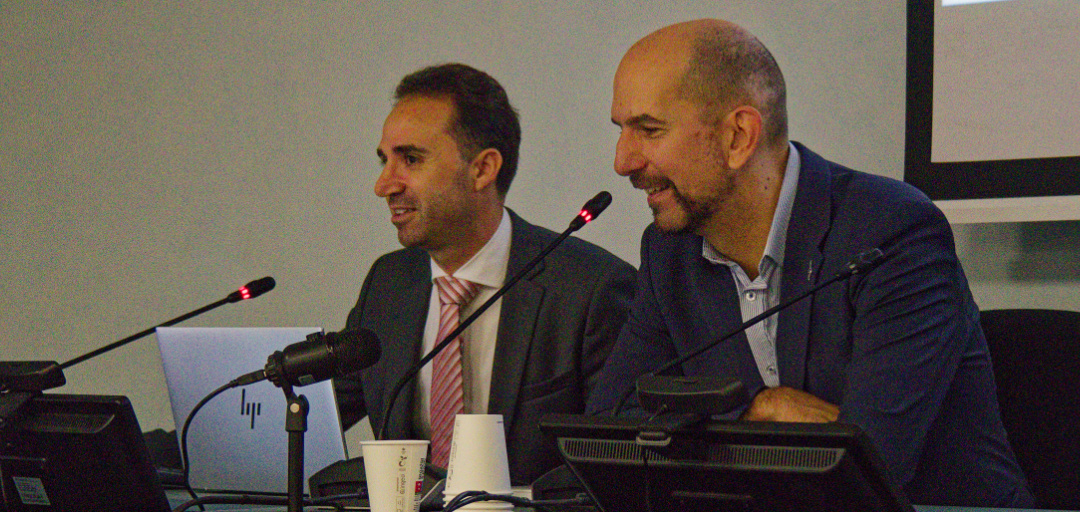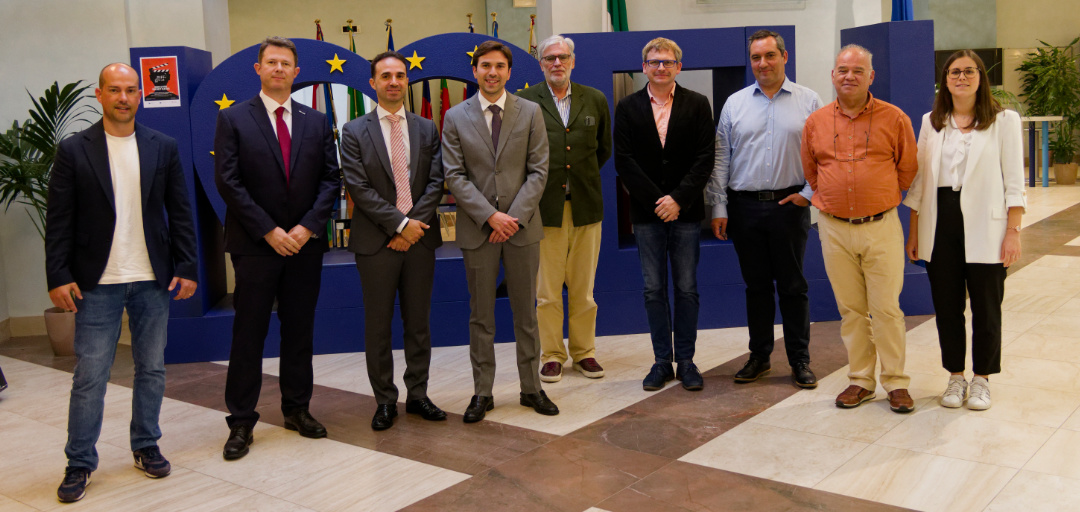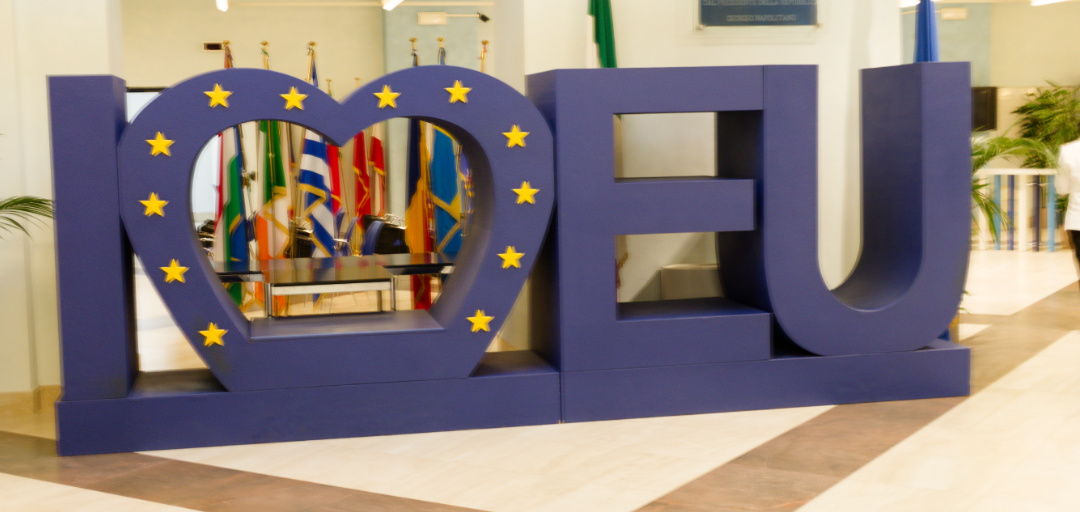Radius celebrates its final event and puts an end to the development of the project
October 23, 2024
The European project Radius puts an end to its path with the celebration of the final event in Rome. This event brought together the partners that during the past months have developed Radius technology, focused on providing solutions to improve safety in the railway environment through drone analysis of its signalling assets.
The meeting was also attended by the funding agency of the project, the UE Agency for the Space Programme (EUSPA), which together with other industry experts have provided their point of view on the development of the technology and the challenges and opportunities faced by the project.

Accuracy of results
Radius has focused its work on monitoring cabinets, light signals and switches. The technology is focused on remote inspection by drones, which makes the displacement of operators unnecessary, saving significant amounts of time, money and avoiding dangerous situations.
The results obtained have been very positive, as shown in this table.

Key conclusions drawn from the project results
- The results are extremely promising considering the extremely high accuracy achieved for the target assets and the challenging condition posed by the acquisition from drones.
- The acquisition of images with drones requires attention on the relative position of the drone with respect to the asset under consideration, the lighting of the scene to avoid as much as possible the shadowing effects.
To make further progress towards the best result of Radius, the partners have identified some areas for improvement:
- Enlarging the number of the defects analysed (e.g., vegetation over the rail, obstacles in the switch action or real defective fasteners). This aspect would increase both the completeness and the accuracy of the visual inspection, making it effective for a more exhaustive set of problems.
- Integrate other use cases and enrich existing ones with data to enable more customised solutions.
In conclusion, Radius has demonstrated its viability for monitoring the status of signalling assets, and the technology has the potential to be extended to other categories of assets and other uses cases within the rail sector itself.
How far are we from operation?
Radius has demonstrated its ability to improve railway operations, but there are still steps to be taken to make it a commercially viable technology.
- The project has conducted successfully validation campaigns in relevant environments, but the next step is to convert a prototype into an economically viable commercial solution on the market.
- Improved navigation: In terms of navigation, Radius currently relies on proprietary RTK positioning systems. It would be desirable to remove this dependency. We believe it would be possible to use non-proprietary Open-Source solutions based on EGNOS, OSNMA and Galileo High Accuracy System (HAS). Probably, they would have to be complemented with other means, such as artificial vision algorithms using the onboard cameras for precision landing on the docking stations.
- Radius is a project with great potential to be extended to other industries or linear infrastructures, with common characteristics to railways. Many of the technologies developed could be extrapolated to other applications, such as the docking station, wireless communications and the image processing algorithms.


